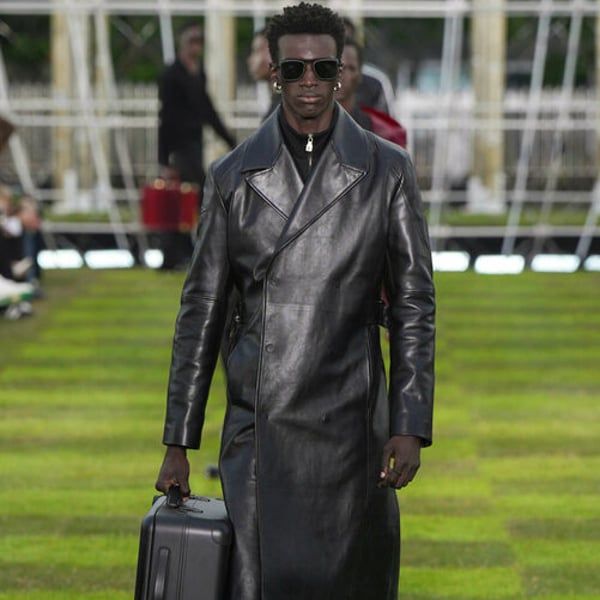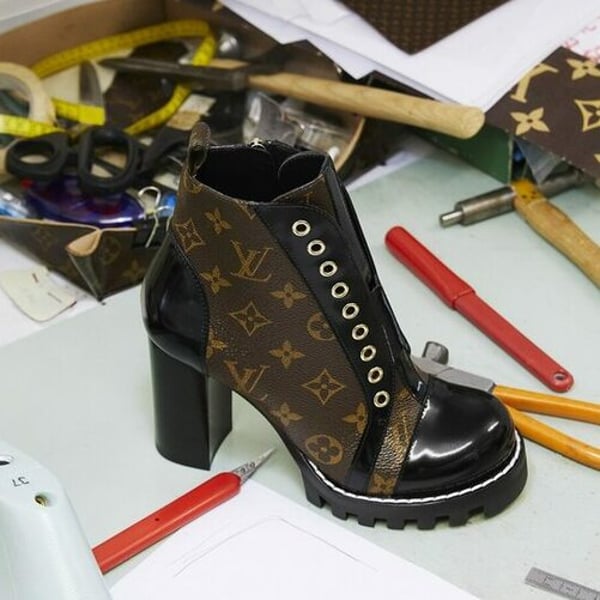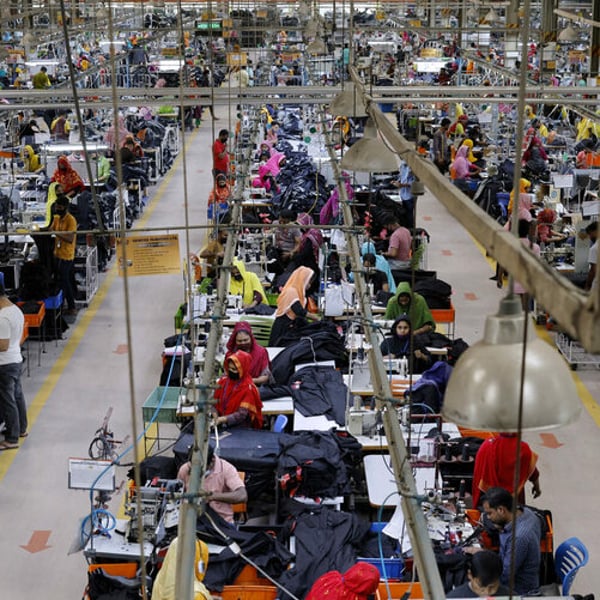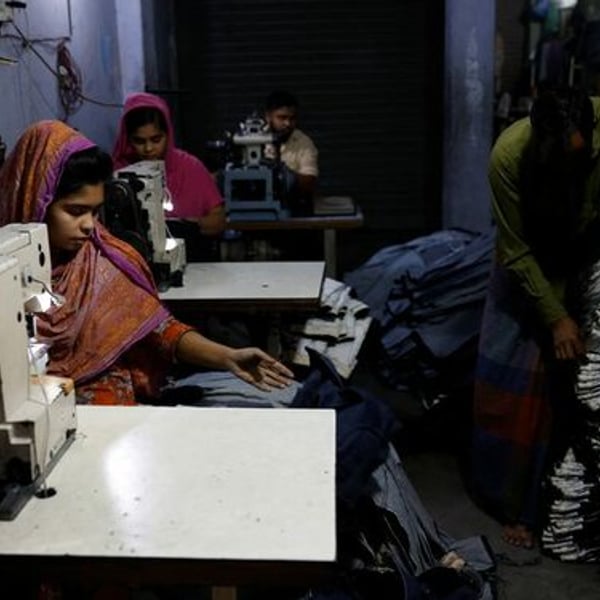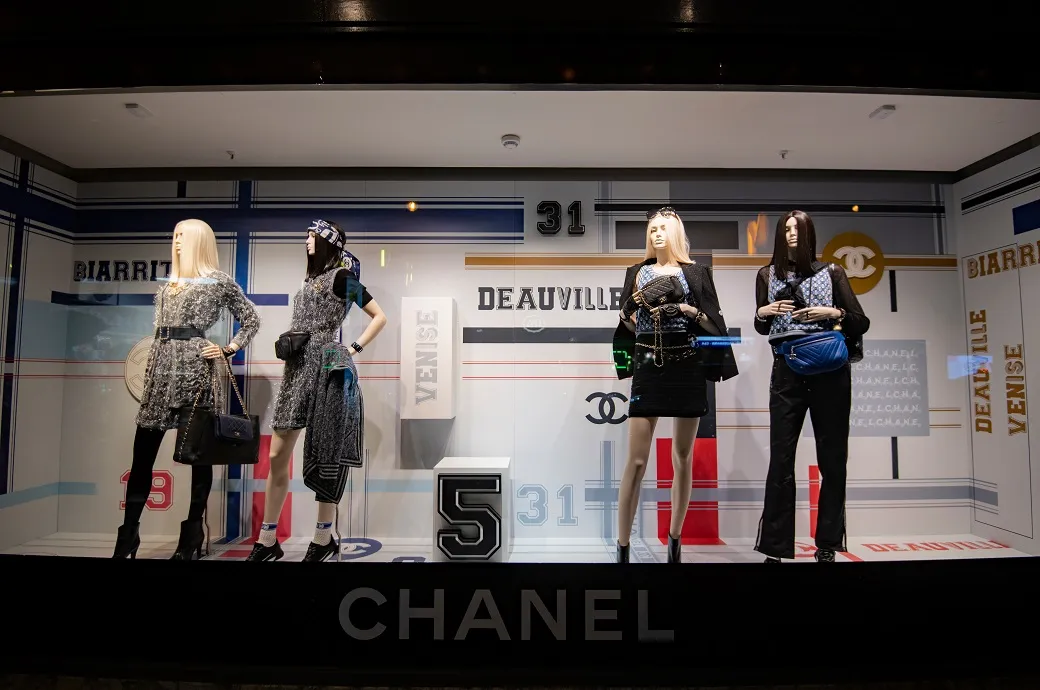By
Bloomberg
Published
September 24, 2024
Top luxury brands rarely go on sale, and their stock prices are not. Valuations across the sector have plummeted due to China's deteriorating economy and weak U.S. demand, but investors with a long-term view may be able to salvage something from the bursting luxury bubble.
The expected rebound in luxury goods this year has yet to materialize. The next few months and into 2025 look tricky. The main culprit is China, whose buyers accounted for 23% of the global market for personal luxury goods last year, according to Bain & Co., and where appetite for Louis Vuitton handbags and Burberry scarves has stagnated.
Indeed, there is growing concern that the market may have continued to decline amid a prolonged economic crisis and a housing market slump. Weak Swiss watch exports to China and Hong Kong, the layoff of 10% of the 4,000 workers at Sephora, owned by LVMH Moet Hennessy Louis Vuitton SE, in China, and sluggish tourism in Europe are all adding to the gloom.
While the United States is showing some improvement, thanks to the recovery of stock indices after the brief sell-off in August and the fact that European luxury groups have opened stores there in recent years, the upcoming presidential election makes the holiday season uncertain.
The disruption in Paris due to the Olympic and Paralympic Games and limited travel to other cities such as Milan have not helped either. Add to this signs of a backlash towards luxury following sharp price increases and the outlook is bleak.
Luxury sales growth excluding currency movements could be just 2.8% in 2024, the sixth-worst year in the past two decades, according to analysts at HSBC Holdings Plc, based on their sales estimates for the previous year.
It is no surprise that stocks have fallen. The MSCI Europe Textiles, Apparel and Luxury Goods Index is down more than 25% from its March peak. The usual premium on the MSCI Europe Index has narrowed.
LVMH, the world’s largest luxury goods group and a bellwether of the sector, is at its lowest level in two and a half years, having lost more than 30% of its value. As a result, it trades at a price-to-earnings ratio of about 19 times, below its five-year average of 26.5, according to data compiled by Bloomberg, and its 30-year average of 21, according to analysts at Stifel.
Of course, the danger is that the profit side of the equation will come under more pressure. The post-Covid-19 boom inevitably raised companies' costs. But even so, in the long term, the appeal of handbags and other trinkets should not diminish.

In China, consumers are dressing up luxury differently — combining cheaper brands and spending more on experiences, for example. But demand from the country’s shoppers isn’t going away. Bain & Co. still expects them to account for a larger share of the personal luxury goods market by 2030. While there won’t be another China to drive growth, there will be pockets of new buyers elsewhere. Brands, for example, are increasingly interested in India.
At the same time, America’s relationship with high-end goods has changed radically. Until a few years ago, the country was an under-penetrated market. But Louis Vuitton’s appointment of first the late Virgil Abloh and then the musician Pharrell Williams as creative director of its menswear range has made European brands more accessible to a broader range of American consumers. Shoppers may be holding off for now, having overindulged, but even with the current indigestion, that relationship is unlikely to break down entirely.
In this context, LVMH appears to be well positioned. Although it is exposed to the difficult wine and spirits sector, it owns two of the world's biggest luxury brands: Louis Vuitton and Dior. Its clout (sales have increased by around 60% since 2019) allows it to speak louder than its rivals, keeping its brands in the minds of consumers.
The €150 million ($167 million) investment to become the creative partner of the Olympic and Paralympic Games and a planned €150 million deal to sponsor Formula One highlight how it can outspend rivals. There could even be opportunities to use its strong balance sheet to make acquisitions. Despite its scale, it still has room for growth in the watches, skincare and hospitality sectors.
Although Hermes International SCA shares haven’t fallen as much as its peers, they have given up most of their gains this year. The company is more resilient as it can effectively dictate its own level of demand. Many more consumers want to buy its coveted Birkin and Kelly bags than are available, meaning it has a continuous supply for customers. Consequently, it still trades at a forward P/E of about 41 times. But that’s below the five-year average of 49.
The situation is similar at Cie Financiere Richemont SA, which is down nearly 25% since June. It has exposure to the ailing Swiss watch sector, but 52% of its sales last year came from jewelry, which may hold up better, given that price increases have been smaller than those of many handbags. It owns two major brands, Cartier and Van Cleef & Arpels, which remain favorites among Chinese shoppers. And Prada SpA, which is also down 25% since late May, continues to generate strong growth, thanks to the popularity of its sister brand Miu Miu, whose retail sales rose 95% in the second quarter.
But turnaround stories like Kering SA, where a more moderate recovery at Gucci has driven shares to a seven-year low, and Burberry Group Plc's latest attempt to reinvent itself look more vulnerable to worsening conditions.
The risk for everyone is that the Chinese contraction turns into a more protracted downturn, making the luxury downturn deeper and longer.
But the pain of the jewelry carnage won't be felt uniformly. As with a watch or a handbag, investors should choose names that can stand the test of time.

